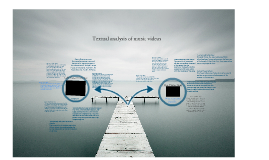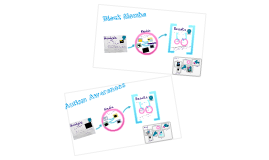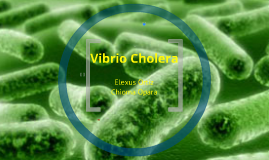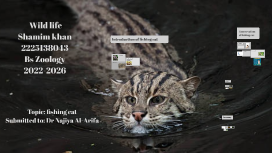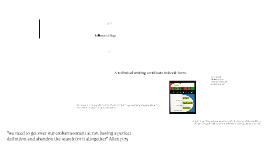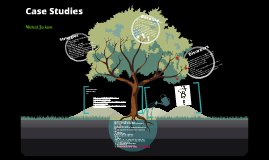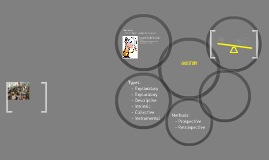case studies
Transcript: A 30 year old man has sudden severe, profuse, watery diarrhea and vomiting with slight abdominal cramping. •Centers for Disease Control and Prevention. Centers for Disease Control and Prevention, 24 Feb. 2011. Web. 11 Oct. 2012. <http://www.cdc.gov/cholera/general/index.html>. •"Dukoral." - Uses, Side Effects, Interactions. N.p., n.d. Web. 11 Oct. 2012. <http://www.medbroadcast.com/drug_info_details.asp?brand_name_id=1819>•"The History of Cholera." The History of Cholera. N.p., n.d. Web. 11 Oct. 2012.<http://www.comfsm.fm/socscie/histchol.htm>. http://www.ecdc.europa.eu/en/healthtopics/cholera/Pages/index.aspx •http://rehydrate.org/dd/su52.htm http://www.cdc.gov/cholera/general/ •http://www.sierraexpressmedia.com/archives/47285 Vibrio CholeraeThere are an estimated 3-5 million cases per year Treatments include two oral cholera vaccines,Dukoral and ShanChol The risk for cholera is very low for people visiting areas with epidemic cholera. When simple precautions are observed, contracting the disease is unlikely. All people (visitors or residents) in areas where cholera is occurring or has occurred should observe the following recommendations: Drink only bottled, boiled, or chemically treated water and bottled or canned carbonated beverages. When using bottled drinks, make sure that the seal has not been broken. To disinfect your own water: boil for 1 minute or filter the water and add 2 drops of household bleach or ½ an iodine tablet per liter of water. Avoid tap water, fountain drinks, and ice cubes. Wash your hands often with soap and clean water. If no water and soap are available, use an alcohol-based hand cleaner (with at least 60% alcohol). Clean your hands especially before you eat or prepare food and after using the bathroom. Use bottled, boiled, or chemically treated water to wash dishes, brush your teeth, wash and prepare food, or make ice. Eat foods that are packaged or that are freshly cooked and served hot. Do not eat raw and undercooked meats and seafood or unpeeled fruits and vegetables. Dispose of feces in a sanitary manner to prevent contamination of water and food sources Cholera infection is often mild or without symptoms, but can sometimes be severe. --Profuse watery diarrhea -Vomiting - Leg cramps - Rapid loss of body fluids leads to dehydration and shock. -Without treatment, death can occur within hours. •Characteristics of the disease: cloudy, watery fecal discharge Bacterium (bacteria pathogen): Vibrio Cholera Disease: Cholera Elexus Ortiz Chioma Opara HPI: •Morality Rate: Less than 1% with proper hydration, over 100,000 deaths occurs each year around the world. •Transmission: A person can get cholera by drinking water or eating food contaminated with the cholera bacterium. In an epidemic, the source of the contamination is usually the feces of an infected person that contaminates water or food. The disease can spread rapidly in areas with little or no treatment of sewage and drinking water. The disease is not likely to spread directly from one person to another. •Origin: Cholera has killed millions of people since it emerged out of the filthy water and living conditions of Calcutta India in the early 1800’s. Basic Information The risk for cholera is very low for people visiting areas with epidemic cholera. When simple precautions are observed, contracting the disease is unlikely. All people (visitors or residents) in areas where cholera is occurring or has occurred should observe the following recommendations: Drink only bottled, boiled, or chemically treated water and bottled or canned carbonated beverages. When using bottled drinks, make sure that the seal has not been broken. To disinfect your own water: boil for 1 minute or filter the water and add 2 drops of household bleach or ½ an iodine tablet per liter of water. Avoid tap water, fountain drinks, and ice cubes. Wash your hands often with soap and clean water. If no water and soap are available, use an alcohol-based hand cleaner (with at least 60% alcohol). Clean your hands especially before you eat or prepare food and after using the bathroom. Use bottled, boiled, or chemically treated water to wash dishes, brush your teeth, wash and prepare food, or make ice. Eat foods that are packaged or that are freshly cooked and served hot. Do not eat raw and undercooked meats and seafood or unpeeled fruits and vegetables. Dispose of feces in a sanitary manner to prevent contamination of water and food sources He has just returned from a trip to rural India. Preventive precautions Vibrio Cholera ID/CC: Vibrio Cholera Bibliography Preventive precautions SYMPTOMS Severe dehydration, low urine output, mild abdominal cramping and tenderness, stool has "rice-water" appearance, no blood or mucus present in stool. Bacteria Case #8 PE: Cholera






